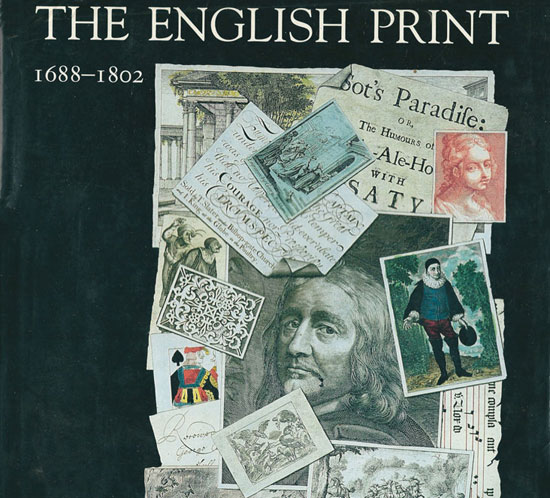James Gillray: A Revolution in Satire
A lavishly illustrated biography of James Gillray, inventor of the art of political caricature James Gillray (1756-1815) was late Georgian Britain’s funniest, most inventive and most celebrated graphic satirist and continues to influence cartoonists today. His brilliant drawing, matched by his flair for clever dialogue and








